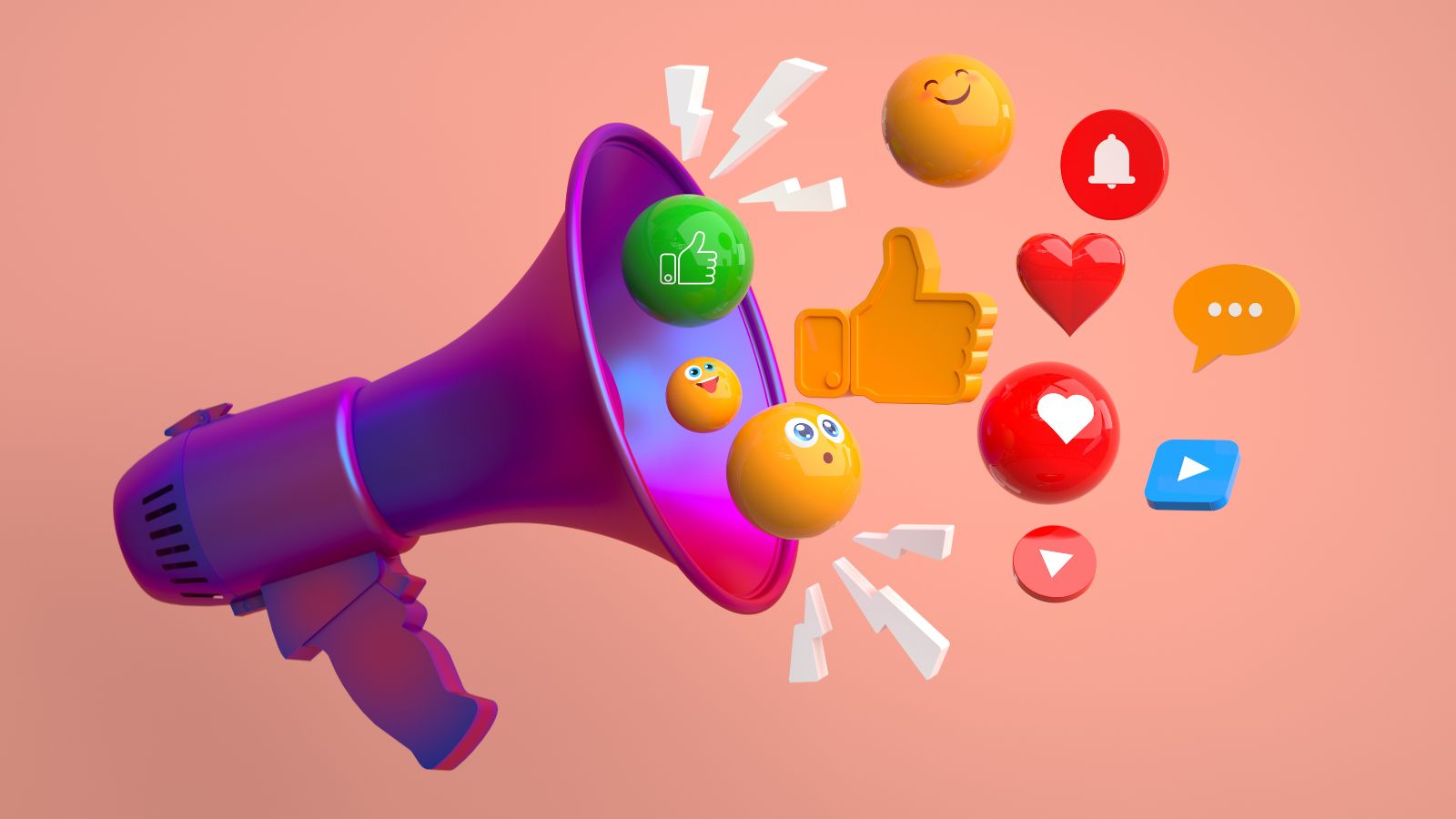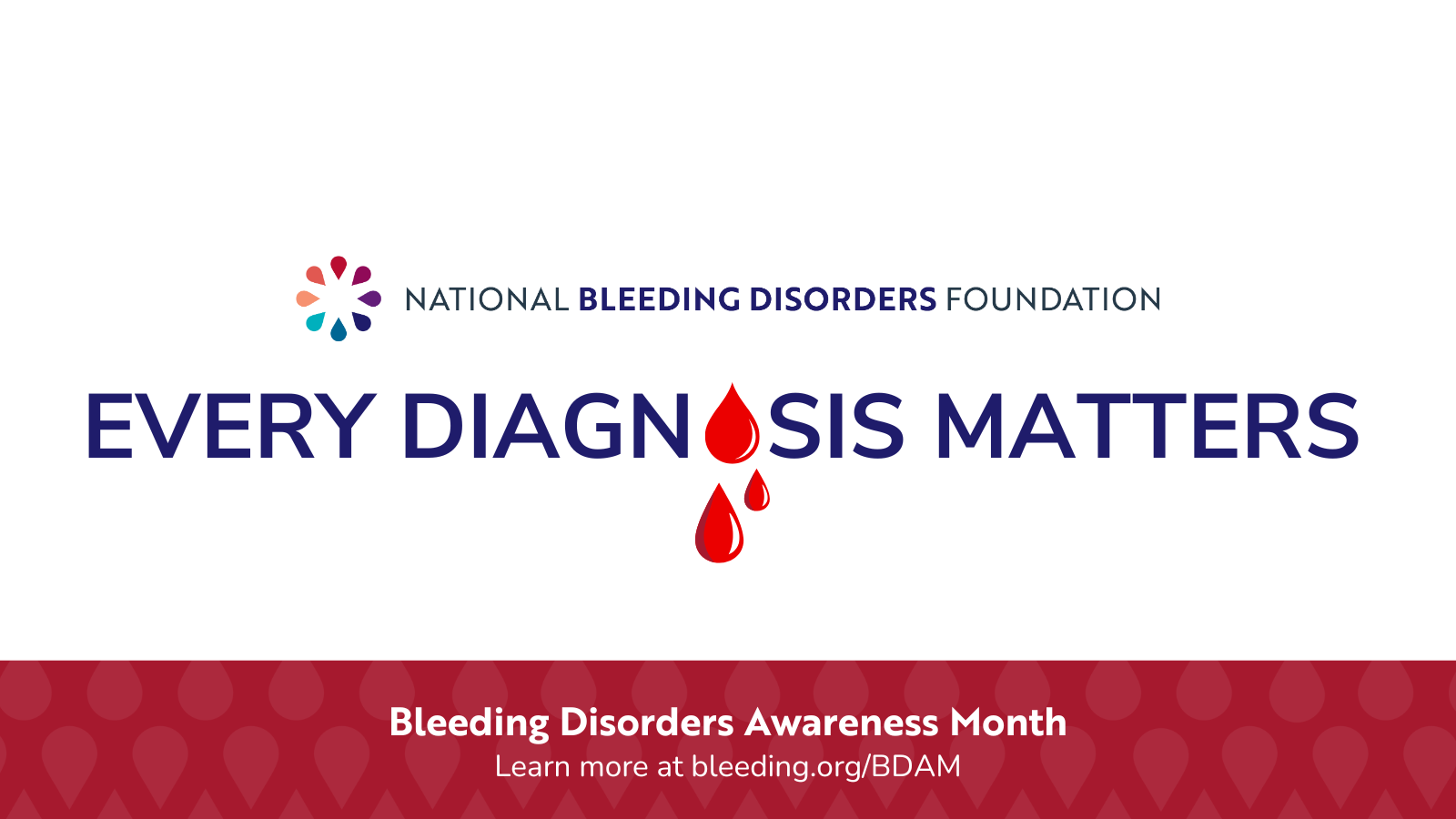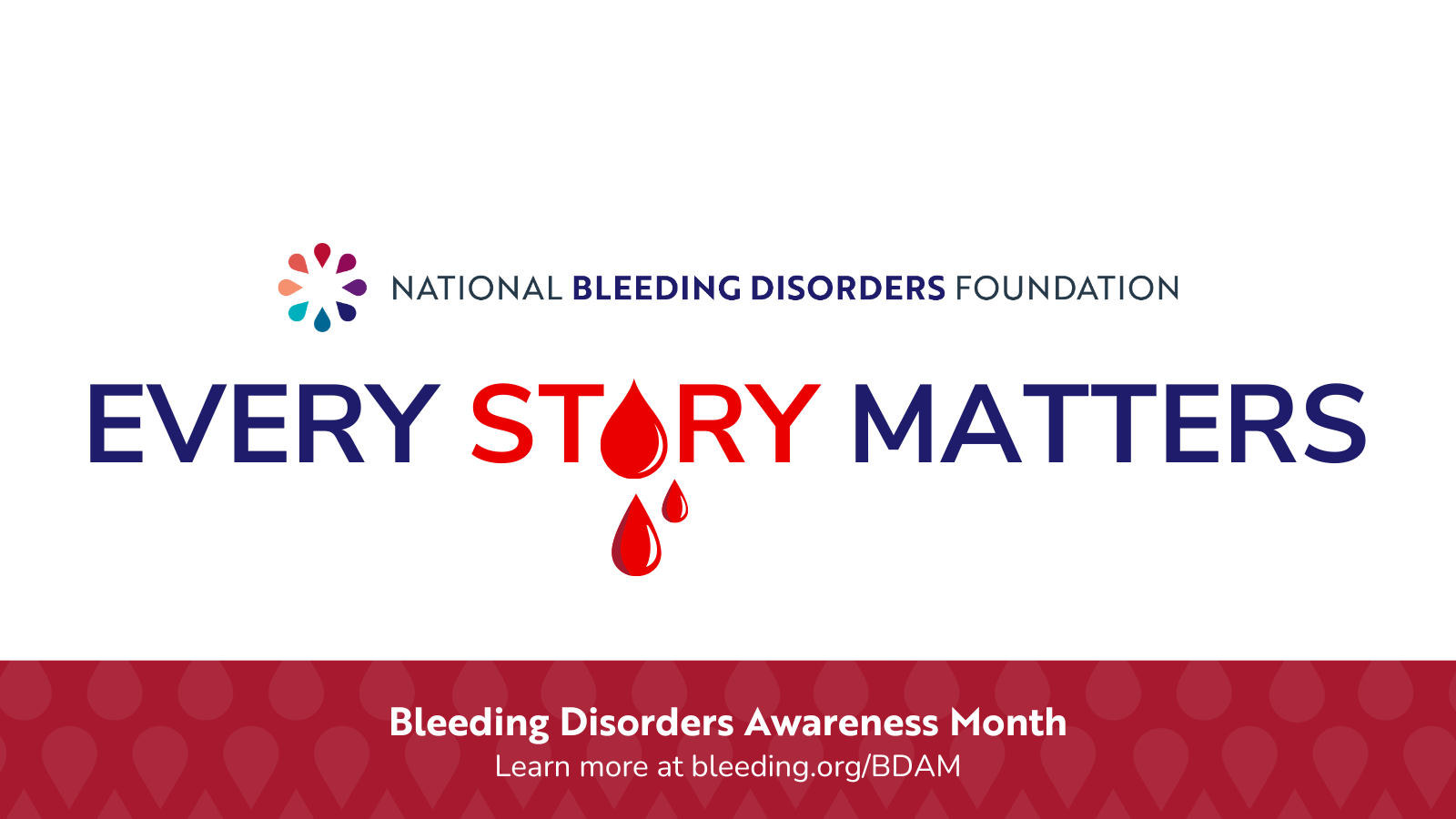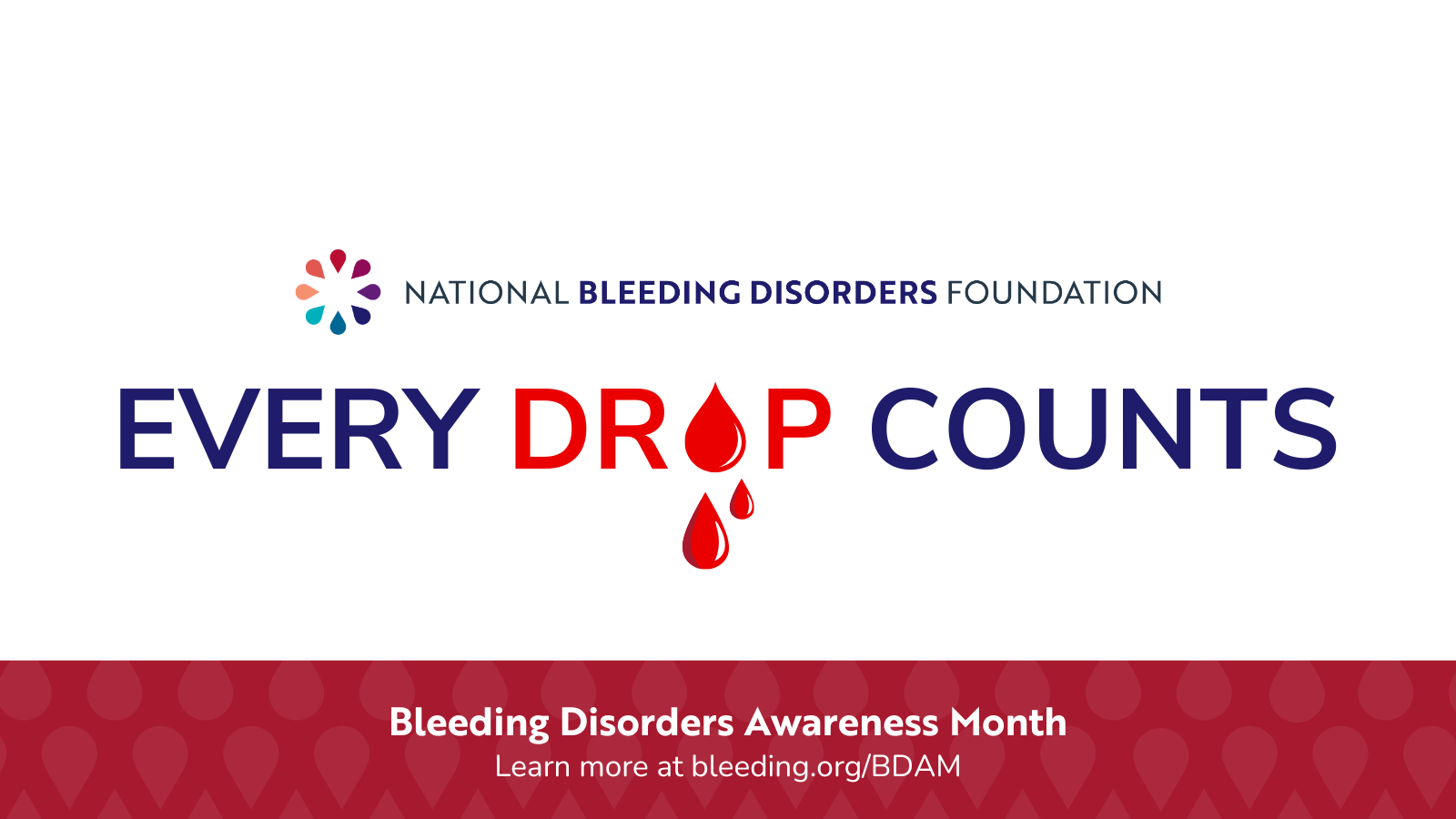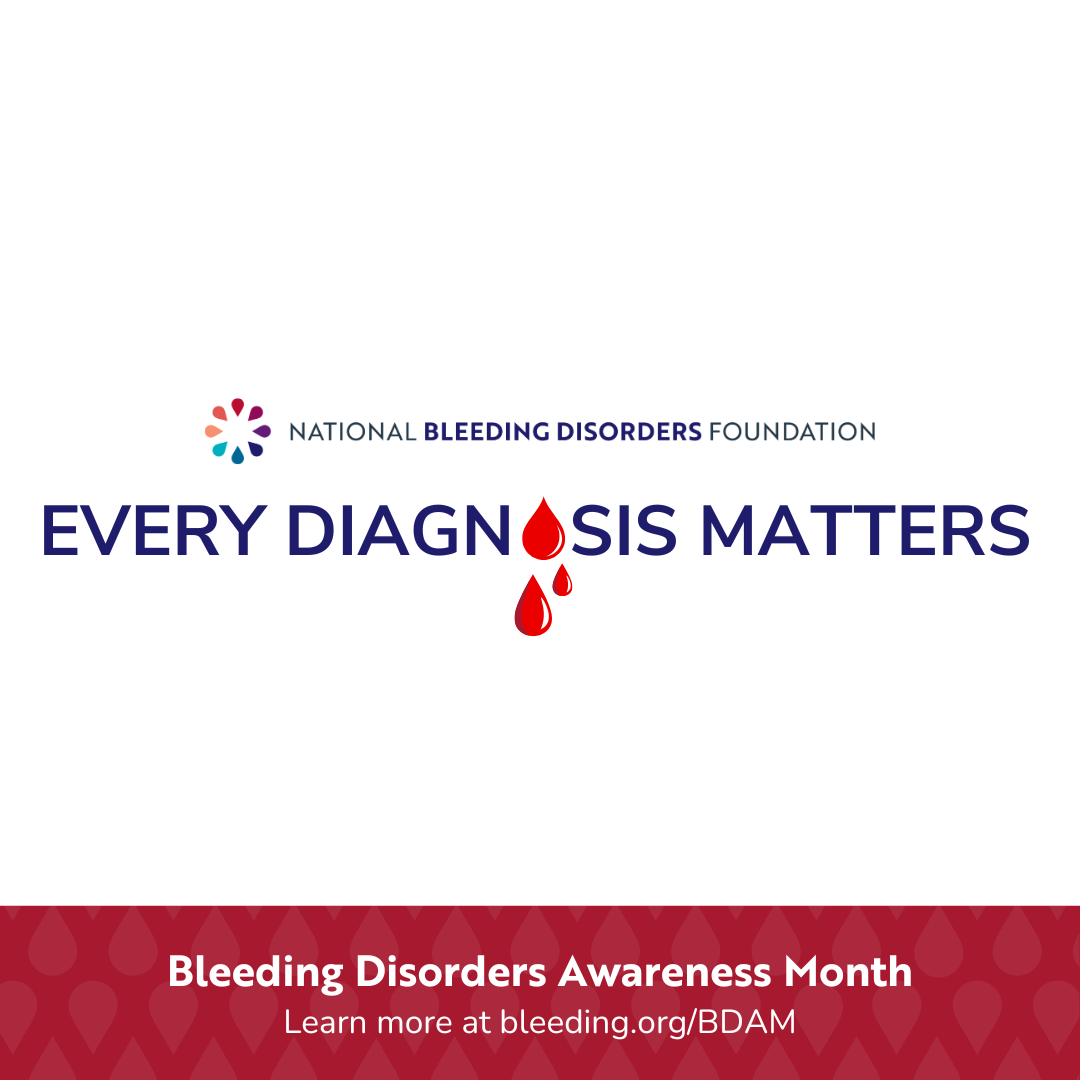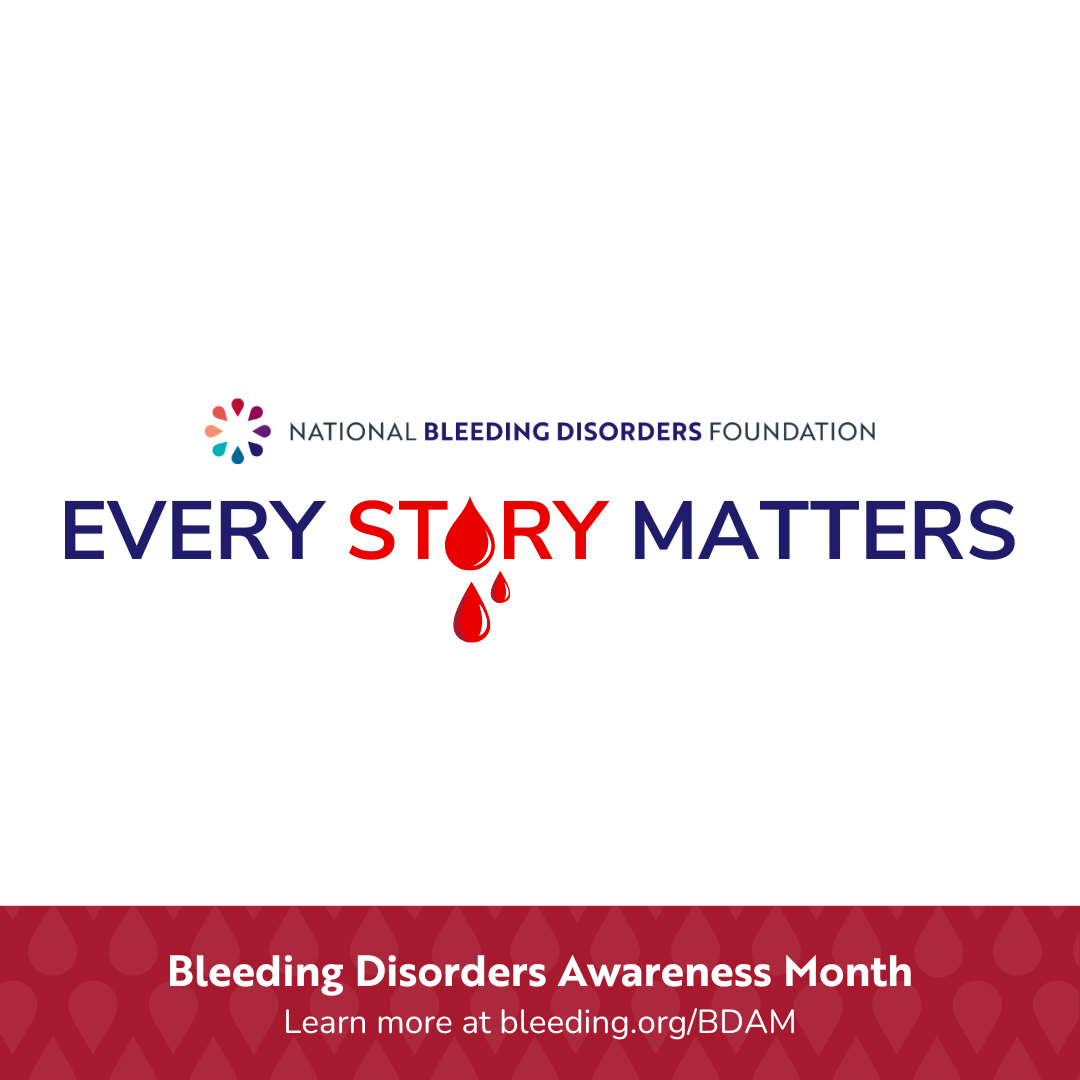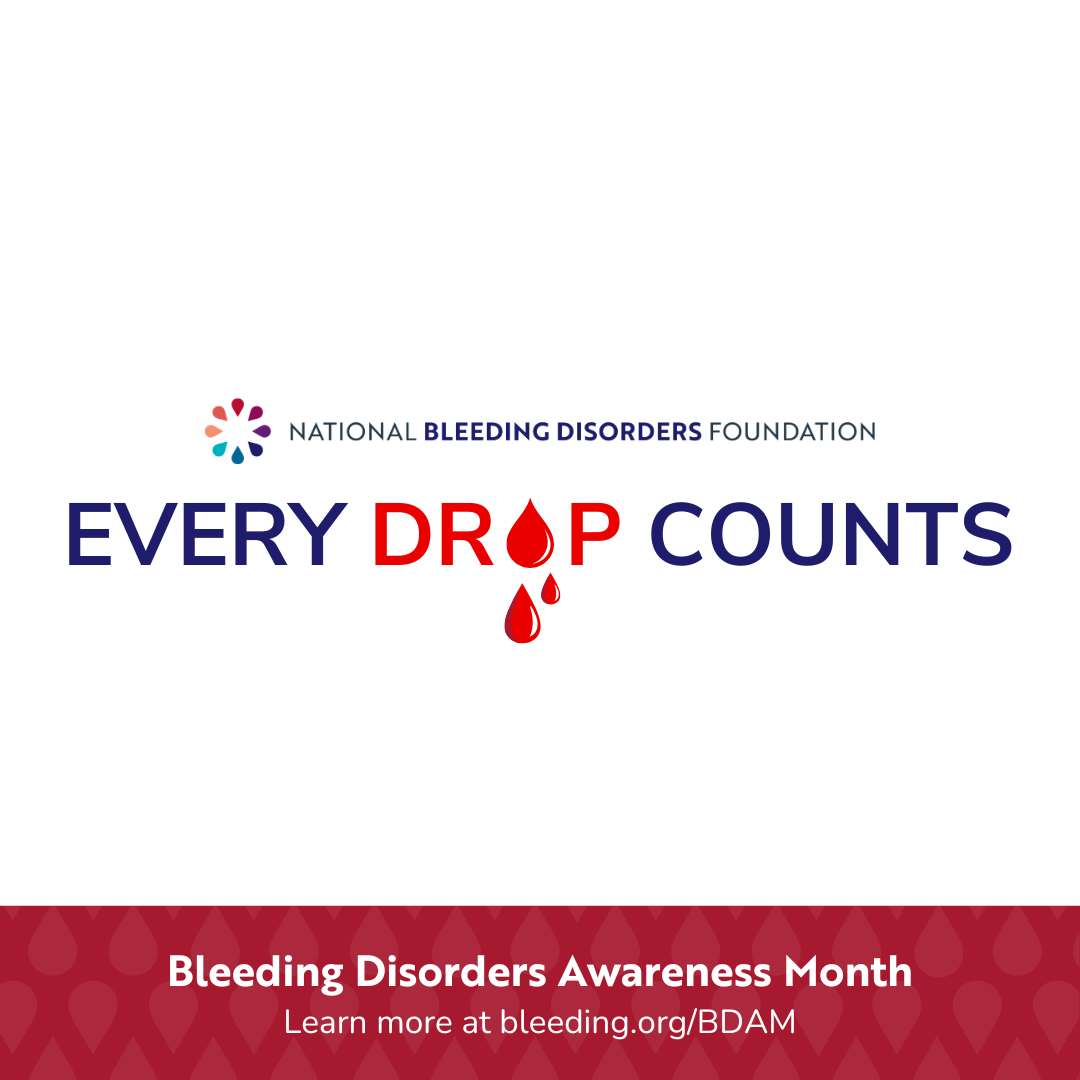Every March, we come together to share our stories and spread awareness, making our voices heard all across the country! Follow us on social to learn more about Bleeding Disorders Awareness Month (BDAM).
About Bleeding Disorders Awareness Month
Did you know that our special month for raising awareness about bleeding disorders has been around for almost 40 years? It all started back in 1986 when President Reagan set aside March as National Hemophilia Awareness Month. This happened during a really tough time when many in our hemophilia family were affected by contaminated blood products.
For about 30 years, the focus was mainly on hemophilia. But in 2016, something important changed - the month was officially renamed to "Bleeding Disorders Awareness Month." This new name recognized that our community includes people with many different conditions - not just hemophilia, but also von Willebrand disease, rare factor deficiencies, and platelet disorders.
This change was a big deal because it helped everyone feel included, no matter what bleeding disorder they have, their gender, age, or background. Throughout the years, this special month has helped teach others about our conditions, helped people get diagnosed earlier, brought our community closer together, pushed for better research and treatments, and celebrated the amazing strength of everyone living with bleeding disorders.
Resources from the National Heart, Lung, and Blood Institute (NHLBI)
- Publications: Download this hemophilia fact sheet as well as the VWD fact sheet and infographic.
- LinkedIn Article: Read and amplify 5 Common Questions About Bleeding Disorders.
- Social Media: Share these resources, including a new hemophilia graphic, with your networks.
Get Involved
There are many ways to start the conversation and get involved during BDAM.
Submit your question for a chance to receive personalized advice from a licensed social worker in our next issue!
Don't miss the year's biggest gathering where life-changing conversations begin!
Nominate exceptional community members and healthcare champions for our annual awards!
Encourage your local government to acknowledge BDAM. Use this proclamation template.
Blood and Bleeding Disorders FAQs
According to the U.S. Centers for Disease Control, there are about 3 million people nationwide who are affected by bleeding disorders.
These disorders share the inability to form a proper blood clot. The body produces 13 clotting factors. If any of them are defective or deficient, blood clotting is affected; a mild, moderate, or severe bleeding disorder can result.
Between 30,000 and 33,000 people in the U.S. are thought to live with hemophilia. The most common bleeding disorder is von Willebrand disease (VWD), which affects about 1 in every 100 people. Both hemophilia and VWD are classified as rare diseases.
Symptoms can include extended bleeding after injury, surgery, trauma, or menstruation. Sometimes the bleeding is spontaneous, without a known or identifiable cause. Improper clotting can be caused by defects in blood components such as platelets and/or clotting proteins, also called clotting factors. Symptoms of a disorder may include:
- Frequent or prolonged bleeding
- Excessive bruising
- Prolonged, heavy menstrual periods (menorrhagia)
- Unexplained nosebleeds
- Extended bleeding after minor cuts, blood draws or vaccinations, minor surgery, or dental procedures



